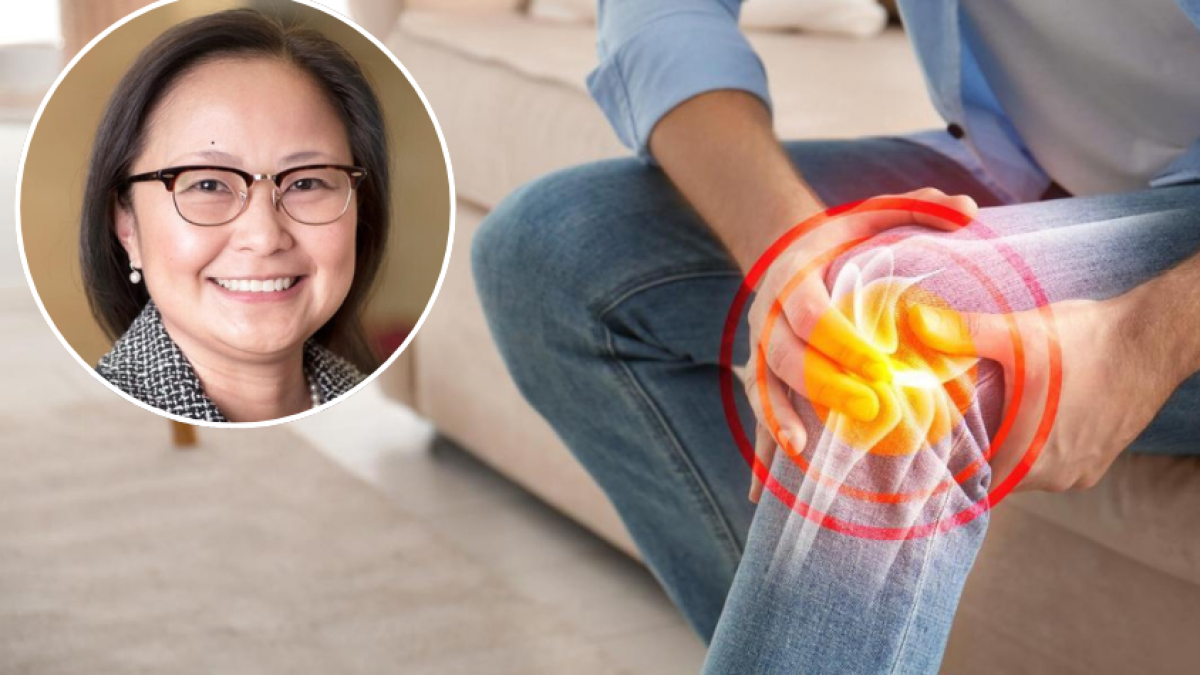Leg cramps or pain when walking, and even wounds that don’t heal properly, could be signs of a more serious condition such as peripheral arterial disease (PAD).
According to the criteria of
Consulting a doctor when faced with these signs is essentialas they could be related to cardiac complications.
“It’s in these small details that we detect most cases of PAD,” explained Dr. Young Erben, a vascular surgeon at the Mayo Clinic in Jacksonville, Florida.
During a meeting with Latin American journalists, The specialist highlighted the importance of paying attention to these signs. PAD is a blood flow disorder that can reduce oxygen delivery to the extremities, especially the legs, which in severe cases can lead to non-healing ulcers and eventual loss of limbs.
“It is important to treat this as soon as possible because, in the worst case, it can progress to open wounds that do not heal, causing tissue death and loss of limbs,” Erben warned.
A growing and little-treated problem
Although PAD is widely recognized as a risk factor for heart disease, it often does not receive adequate medical care. According to a 2023 report, This condition affects more than 113 million people in the world, particularly those over 40 years of age.
Share
Treatment for PAD will depend on the severity of the disease.
Photo:
Erben highlighted that the age of onset of PAD varies according to the longevity of each country, and added that “it normally affects people over 40 years of age, but the age will depend on the longevity of the country from which the patient comes.” Furthermore, he mentioned that Men tend to develop the disease earlier than womensince “it seems that estrogen protects for about 10 or 15 more years.”
The most common risk factors include smoking, hypertension, high cholesterol, diabetes, excessive fat consumption, and obesity.. “Today we are consuming many more calories than we use daily and obesity has become a global problem,” Erben noted, emphasizing how the modern lifestyle contributes to this condition.
He also acknowledged that genetic predisposition plays a role, particularly in people with inherited high cholesterol.: “If it is discovered that the person is affected from that point of view, they can develop arterial problems earlier, that is, from 40 years old it would drop to 20 or 30 years old,” he clarified.
Diagnosis and treatment options
To prevent the progression of PAD, Dr. Erben stressed the importance of having a family doctor who asks key questions to detect the disease. “If the patient has many risk factors, what is done is to send him to a vascular surgeon or in many countries there is what we call a vascular medicine, which is a person in charge of checking all the blood vessels, but who is not a surgeon” , he explained.
The first step in diagnosis includes the ankle-brachial index (ABI), a test that compares blood pressure at different points on the legs and arms, in addition to ultrasound.
Treatment for PAD will depend on the severity of the disease. In its early stages, treatment includes controlling risk factors, performing additional blood flow tests, and developing a supervised walking program.
“In the United States, basic insurance covers supervised treadmill exercise. It is at least 20 minutes, three or four days a week. If the person has never exercised, start with 5 minutes and progress to 10 minutes, 15 minutes. This type of exercise stimulates circulation in the legs and creates new collateral blood vessels,” Erben explained.
He added that “if they have a low blood pressure test, in three to six months the pain when walking will decrease and people who are in the early stages of PAD will almost be able to return to normal.”
It is important to see a doctor, even when symptoms seem minor.
Photo:
Share
For those in more advanced stages of PAD, Medications or invasive procedures such as stenting or bypass may be necessary. Erben described bypass as a surgery where “a surgeon removes a vein from another area of the body and connects it above and below a blocked artery to improve blood flow.”
In more severe cases, where the disease has caused foot ulcers, Surgeons may opt for techniques such as transcatheter deep vein arterialization (DVA)a procedure that was used in the 1970s but has recently been perfected.
“This procedure was pioneered elsewhere in the 1970s. It eventually lost popularity with the development of less invasive techniques, but for about three years Mayo Clinic vascular surgeons have been resurrecting it, perfecting it and applying it successfully,” Erben said. .
Pay attention to mild symptoms
In conclusion, Dr. Erben warned that “mild symptoms are the ones that people tend to ignore. Unfortunately, many times they don’t realize they have a problem until it becomes a serious problem.”
He reiterated the importance of going to the doctor, even when the symptoms seem minorand called to pay special attention to cardiovascular health in women, who, in her experience, often neglect their medical check-ups due to the multiple responsibilities they face both at work and at home.
ANALÍA FILOSI
El País (Uruguay) / GDA
More news in EL TIEMPO
*This content was rewritten with the assistance of artificial intelligence, based on information from El País, and was reviewed by a journalist and an editor.


